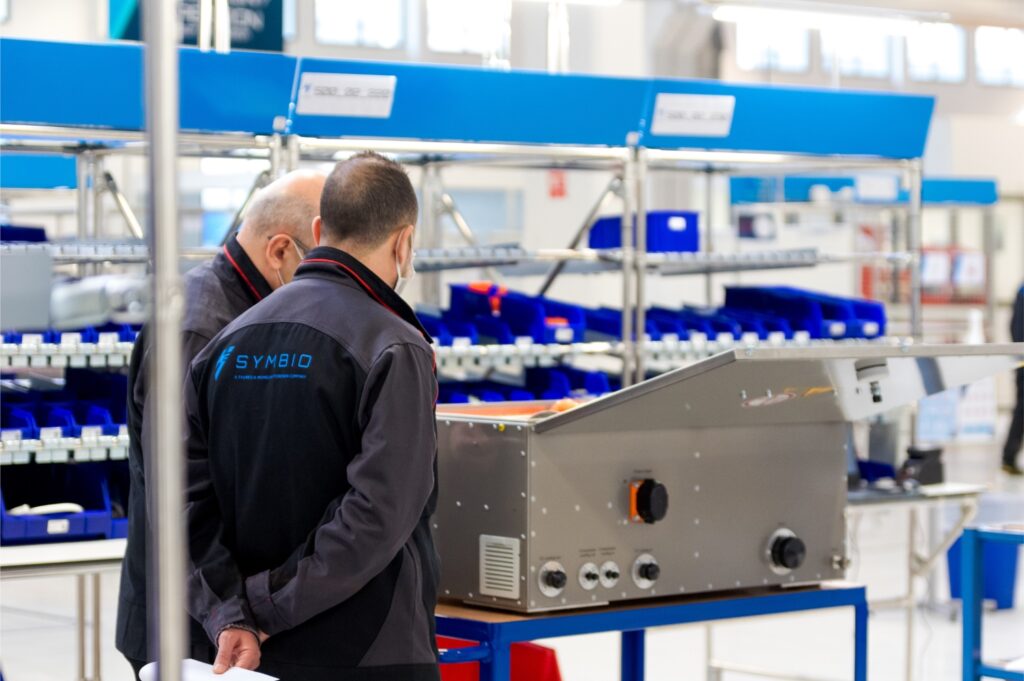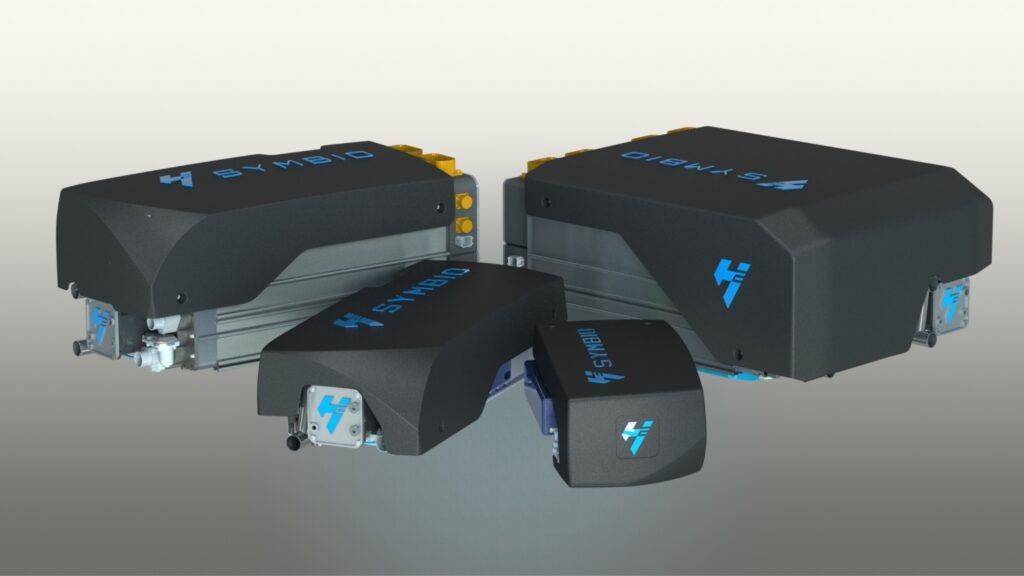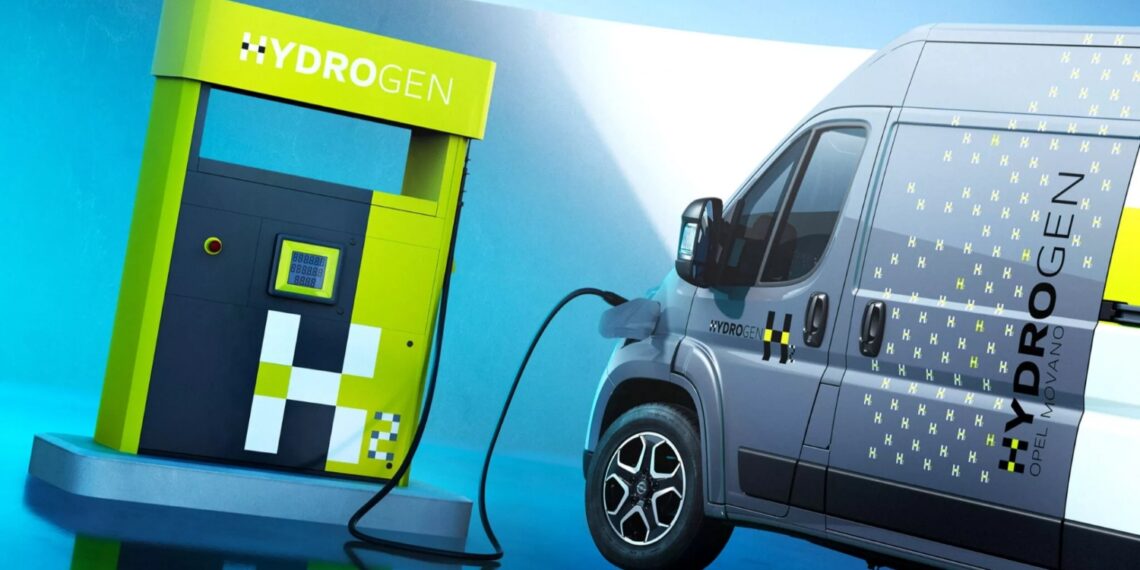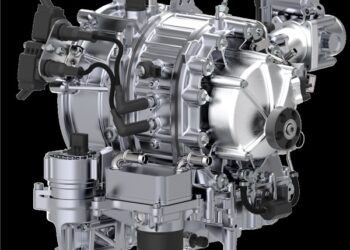Stellantis announced this week the end of the hydrogen vehicle development program, citing little potential in the short and medium term.
The decision took its partners in the joint venture Symbio, created jointly with Michelin and Forvia, by surprise, with the aim of developing hydrogen fuel cell technology.

Stellantis’s exit from Symbio has now led Michelin and Forvia to clarify in a statement that they were informed “in May of Stellantis’s intention to cease its hydrogen-related activities starting in 2026. This unexpected change occurred despite Stellantis being a co-owner and main customer of Symbio, and having long aspired to shape the hydrogen mobility market for light commercial vehicles”
The statement also adds that Stellantis’ orders “represent, in themselves, about 80% of the expected production volume of Symbio,” and that in recent years, the joint venture “has scaled its investments, its hiring, and its development plan according to the needs expressed by Stellantis for the next eight years. The technology and performance of Symbio’s systems have been validated by all shareholders, including Stellantis’ own teams.”

In this context, the two companies emphasize that the automaker’s decision “will have irreversible operational and financial consequences for Symbio. Michelin and Forvia are particularly concerned about the impact this will have on the 590 employees of Symbio in France, and on its 50 jobs abroad.”










